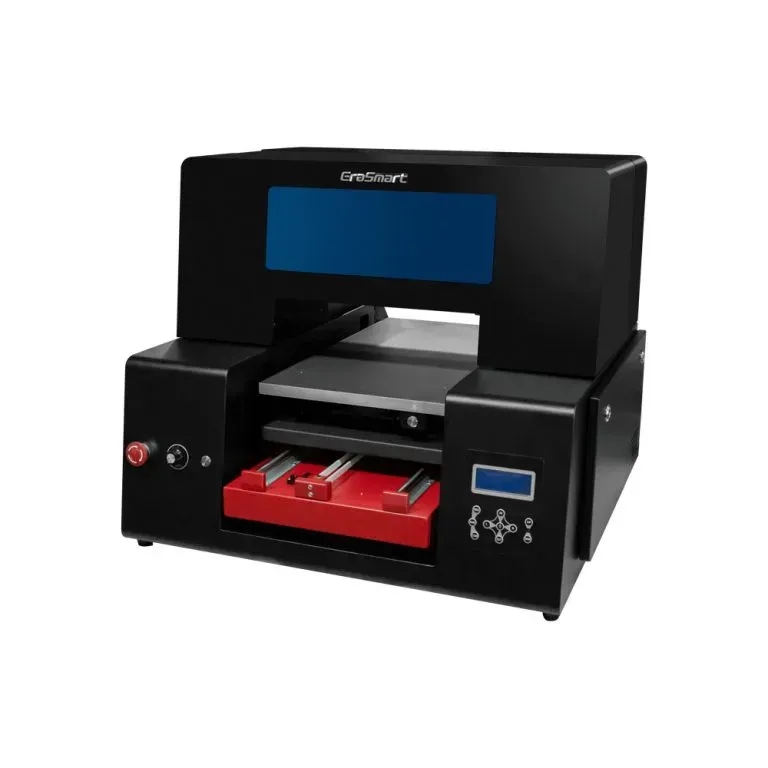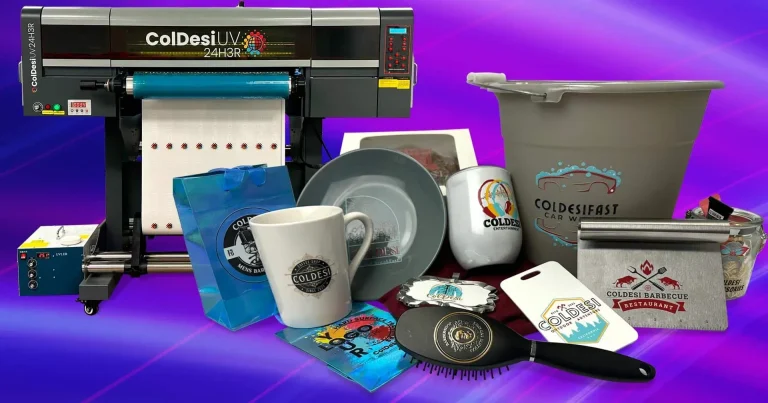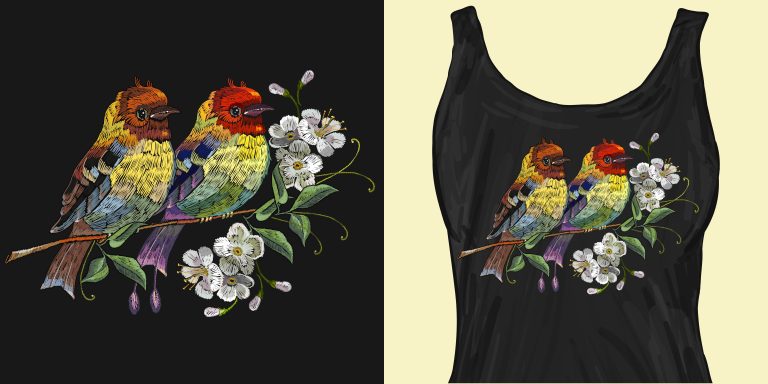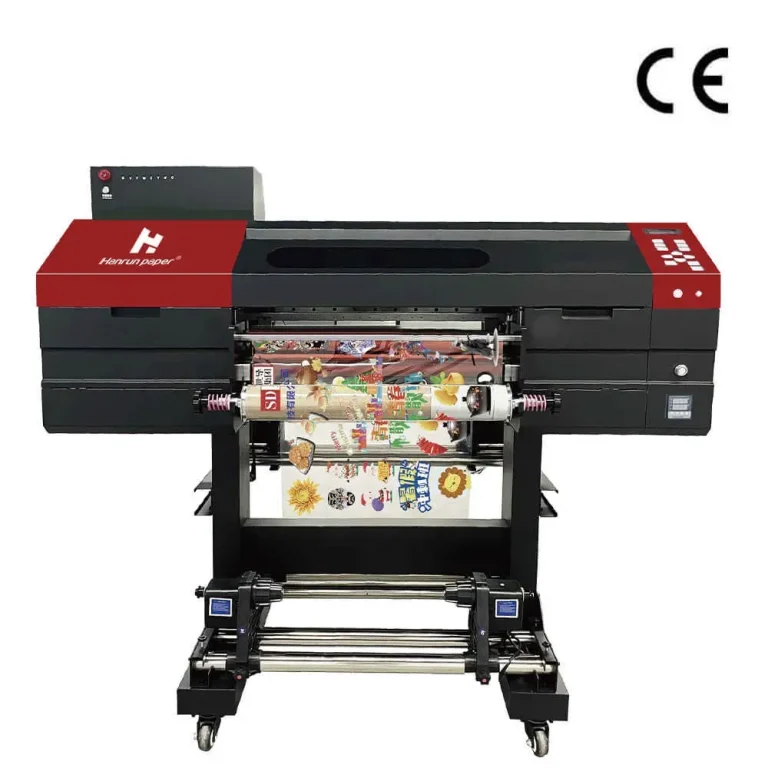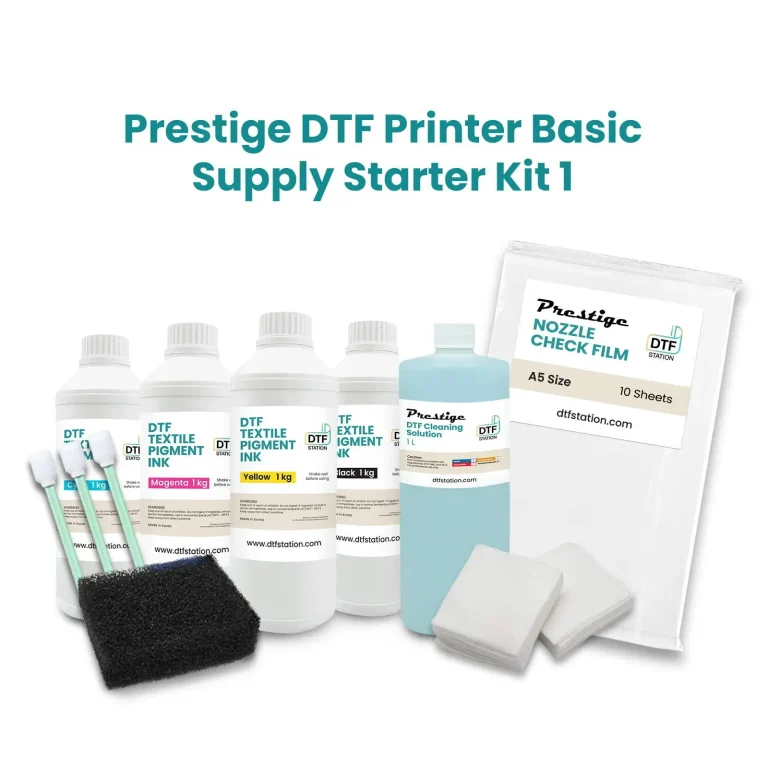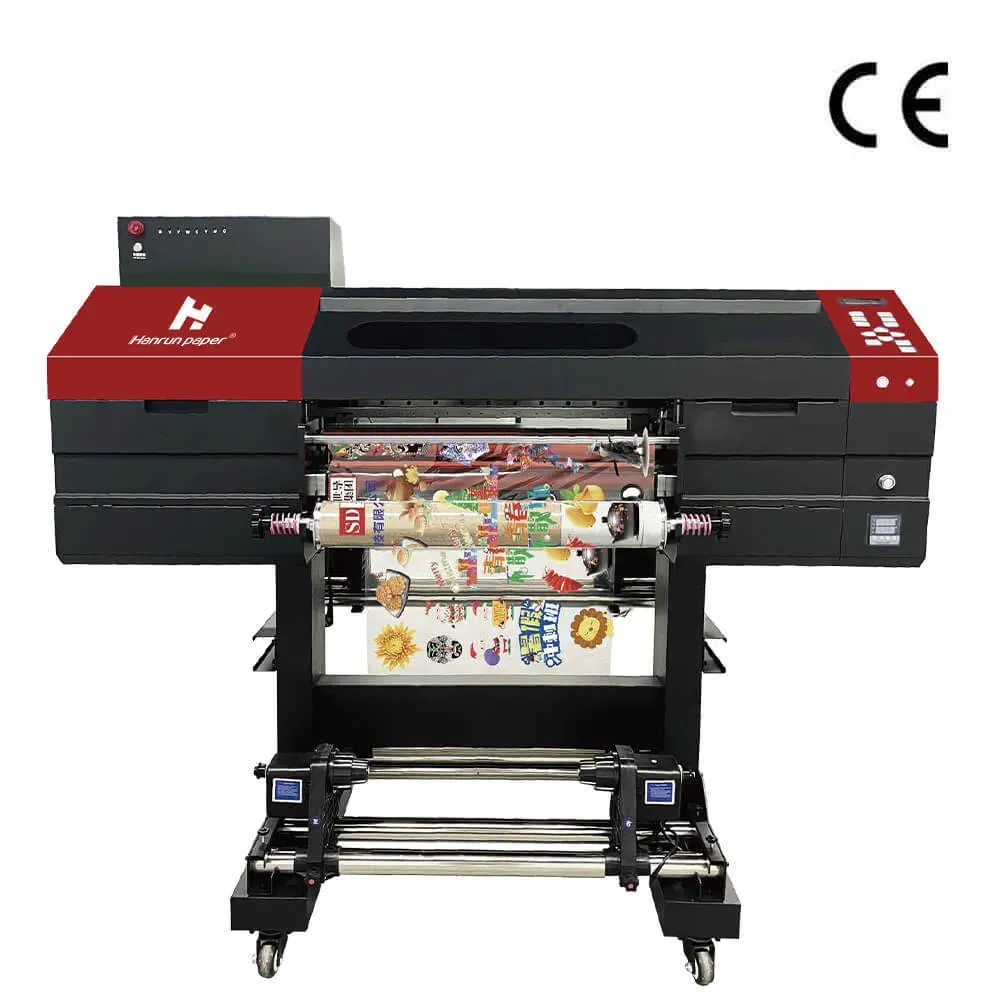
UV DTF printing is rapidly becoming a game-changer in the realm of sustainable printing technology. As businesses increasingly prioritize eco-friendly solutions, this innovative direct-to-film technique offers a myriad of benefits, particularly in its production efficiency and environmental impact. Utilizing UV-curable inks, UV DTF printing significantly reduces harmful emissions, promoting healthier air quality and a smaller carbon footprint compared to traditional methods. The versatility of this printing technology allows for remarkable print quality across a variety of surfaces, appealing to both creative industries and eco-conscious consumers alike. With the ongoing emphasis on sustainable printing practices, the shift towards UV DTF printing is not just a trend; it’s a crucial step towards an eco-friendly future in the printing industry.
Known as ultraviolet direct-to-film printing, UV DTF harnesses cutting-edge printing technology that emphasizes sustainability and efficiency. This method, characterized by its ability to produce vibrant and precise prints, is aligned with the growing market demand for green printing solutions. Industries are embracing this direct-to-film technology as a means to minimize waste and lower emissions while still achieving high-quality results. The innovative features of UV printing extend beyond mere aesthetics, encompassing the environmental benefits that more businesses seek today. As brands strive to incorporate sustainable practices, the allure of UV DTF printing continues to rise, reshaping the landscape of modern printing.
Understanding UV DTF Printing Technology
UV Direct-to-Film (DTF) printing is a cutting-edge technology that revolutionizes the printing process. This method utilizes UV-curable inks that are instantly cured during the printing process, creating durable and vibrant prints on various substrates. Unlike traditional methods, UV DTF printing allows for a more flexible usage of different materials, ranging from textiles to rigid surfaces like metal and wood. This versatility opens doors for designers and businesses who wish to experiment with new materials and creative ideas.
The key to UV DTF’s efficacy lies in its advanced direct-to-film technology, which reduces waste and enhances efficiency. With the ability to print directly onto films, businesses can achieve intricate designs and high-resolution images without the excessive setup time required by conventional techniques. This innovation is not only beneficial for diverse printing needs but also aligns with the growing demand for environmentally conscious practices in the printing industry.
Eco-Friendly Attributes of UV DTF Printing
One of the standout features of UV DTF printing is its eco-friendly nature. Utilizing UV-curable inks minimizes the release of volatile organic compounds (VOCs), a common drawback of traditional printing methods. This considerable reduction in harmful emissions contributes to a healthier working environment and a decreased carbon footprint. As industries begin prioritizing sustainability, technologies like UV DTF demonstrate a clear pathway towards a greener future in printing.
Moreover, the energy efficiency of UV DTF printing is remarkable. The curing process occurs rapidly, eliminating the need for extensive drying times often associated with traditional methods. As a result, this advanced technology not only streamlines production but also conserves energy, catering to the demand for sustainable and responsible manufacturing practices. This fusion of innovation and ecology solidifies UV DTF’s role as a frontrunner in the sustainable printing movement.
The Benefits of UV Printing
UV printing presents numerous benefits that cater to both businesses and consumers alike. One of the primary advantages is the ability to achieve vibrant colors and fine details on a variety of surfaces. The UV curing process allows for immediate handling of printed products, increasing efficiency and reducing time-to-market – crucial factors for businesses operating in competitive landscapes. In this light, UV DTF printing embodies the future of high-quality, rapid-printing solutions.
Additionally, the durability of UV prints is notable. UV-cured inks are resistant to fading, scratching, and moisture, which is particularly advantageous for products exposed to various environmental conditions. This characteristic increases the longevity of printed materials, making UV DTF ideal for everything from promotional merchandise to fashion apparel. By harnessing these printing technology innovations, businesses can confidently offer products that meet high consumer expectations.
Cost-Effectiveness of UV DTF Printing
While the initial investment in UV DTF printing equipment can appear daunting, the long-term financial benefits often outweigh the upfront costs. Traditional printing methods typically require significant setup and maintenance, leading to higher production costs – especially for small runs. In contrast, UV DTF technology facilitates short runs and quick turnarounds without sacrificing quality, allowing businesses to operate more economically and flexibly.
Moreover, UV DTF printing generates less waste throughout its process. By minimizing excess materials and optimizing production efficiency, companies can significantly cut costs related to disposal and reprinting. This cost-effective approach aligns with the modern consumer’s preference for sustainability, creating a win-win scenario for businesses committed to financial health and environmental responsibility.
Market Demand for Sustainable Printing Practices
As awareness of environmental issues grows, consumers are placing greater emphasis on sustainability. Businesses that adopt eco-friendly practices and technologies are likely to stand out in the crowded marketplace. The rise of UV DTF printing signifies a response to this demand, allowing companies to market themselves as responsible and progressive. This alignment not only appeals to a new generation of eco-conscious consumers but also strengthens brand loyalty among existing customers.
Furthermore, as corporate responsibility becomes increasingly important, integrating UV DTF printing into production lines can enhance a company’s image as forward-thinking and environmentally aware. By showcasing their commitment to sustainable printing practices, businesses can differentiate themselves, attracting partnerships and endorsements that align with their green initiatives. Adopting UV DTF printing signals a proactive approach to not just meet consumer expectations but exceed them.
Innovations in Printing Technology
The printing landscape is continuously evolving, with innovations like UV DTF printing leading the charge towards more efficient and sustainable practices. Direct-to-film technology exemplifies how advancements are redefining traditional ideals of printing. The capabilities offered by UV DTF not only enhance print quality but also expand the creative possibilities available to designers and manufacturers alike.
Moreover, these innovations address long-standing challenges in the printing industry, such as excessive waste and environmental concerns. By adopting UV DTF technology, companies are not only improving their operational efficiency but are also contributing to a larger movement towards responsible manufacturing. As the industry progresses, embracing such innovations will be pivotal in achieving a sustainable future in printing.
Frequently Asked Questions
What is UV DTF printing and how does it compare to traditional printing methods?
UV DTF printing, or UV Direct-to-Film printing, is an innovative technique that combines UV printing technology with direct-to-film processes. Unlike traditional methods that often use solvent-based inks emitting high levels of volatile organic compounds (VOCs), UV DTF printing utilizes UV-curable inks that significantly reduce environmental impact. This method ensures quicker production times and higher quality prints with minimal waste, making it a superior choice for sustainable printing.
What are the environmental benefits of UV DTF printing?
The primary environmental benefits of UV DTF printing stem from its use of UV-curable inks, which emit far fewer VOCs compared to conventional inks. The instant curing process eliminates lengthy drying times, substantially cutting down energy consumption and emissions. This makes UV DTF printing an eco-friendly alternative for businesses aiming to minimize their carbon footprints while maintaining high-quality output.
How does the efficiency of UV DTF printing enhance production processes?
UV DTF printing is known for its efficiency due to its capability to print on a variety of surfaces, including textiles, plastics, and metals. This versatility allows for more creative design options and reduces waste, as fewer materials are discarded. Additionally, the quick curing times ensure faster turnaround on production runs, which is ideal for businesses needing high-quality prints at speed.
Is UV DTF printing a cost-effective solution for businesses?
Yes, UV DTF printing can be a cost-effective solution for businesses in the long run. While the initial investment in UV DTF equipment may seem high, the ability to execute shorter production runs reduces setup costs associated with traditional printing methods. Furthermore, the reduction of waste during the printing process contributes to overall cost savings, making UV DTF an economically viable choice.
How does UV DTF printing respond to the demand for sustainable printing practices?
As consumer interest in sustainability grows, UV DTF printing offers a solution that aligns with these eco-friendly values. Businesses using UV DTF can market themselves as environmentally responsible, appealing to the increasing number of eco-conscious consumers. This printing technology helps brands not only fulfill ethical obligations but also enhance their market presence amid a shifting demand for sustainable practices in the industry.
What innovations are involved in UV DTF printing technology?
UV DTF printing technology showcases several innovations, particularly in ink formulation and curing processes. The use of LED UV curing technology allows for instantaneous curing without heat, preserving substrate integrity and reducing energy usage. Additionally, advancements in direct-to-film technology broaden the range of materials that can be printed upon and improve detail and color vibrancy in the final product, setting a new standard for printing quality.
| Aspect | Details |
|---|---|
| Sustainability and Environmental Impact | UV DTF printing uses UV-curable inks that emit fewer VOCs, which are safer for the environment and reduce carbon footprint. |
| Efficiency and Versatility | It can print on various surfaces (textiles, plastics, metals) and offers high-quality colors and details. |
| Cost-effectiveness | While initial equipment costs are significant, UV DTF printing reduces waste and setup costs for short runs. |
| Growing Market Interest | With a shift toward sustainable practices, brands using UV DTF gain a competitive edge and appeal to eco-conscious consumers. |
Summary
UV DTF printing is revolutionizing the printing industry by combining high-quality results with environmentally friendly practices. As more companies recognize the importance of sustainability, UV DTF stands out for its efficiency and versatility, capable of printing on diverse materials while minimizing waste and emissions. This modern printing solution not only meets the growing demand for eco-conscious alternatives but also helps businesses reduce costs in the long run. As the market increasingly favors sustainable choices, UV DTF printing solidifies its position as a leading technology, promising a greener future for the printing landscape.

